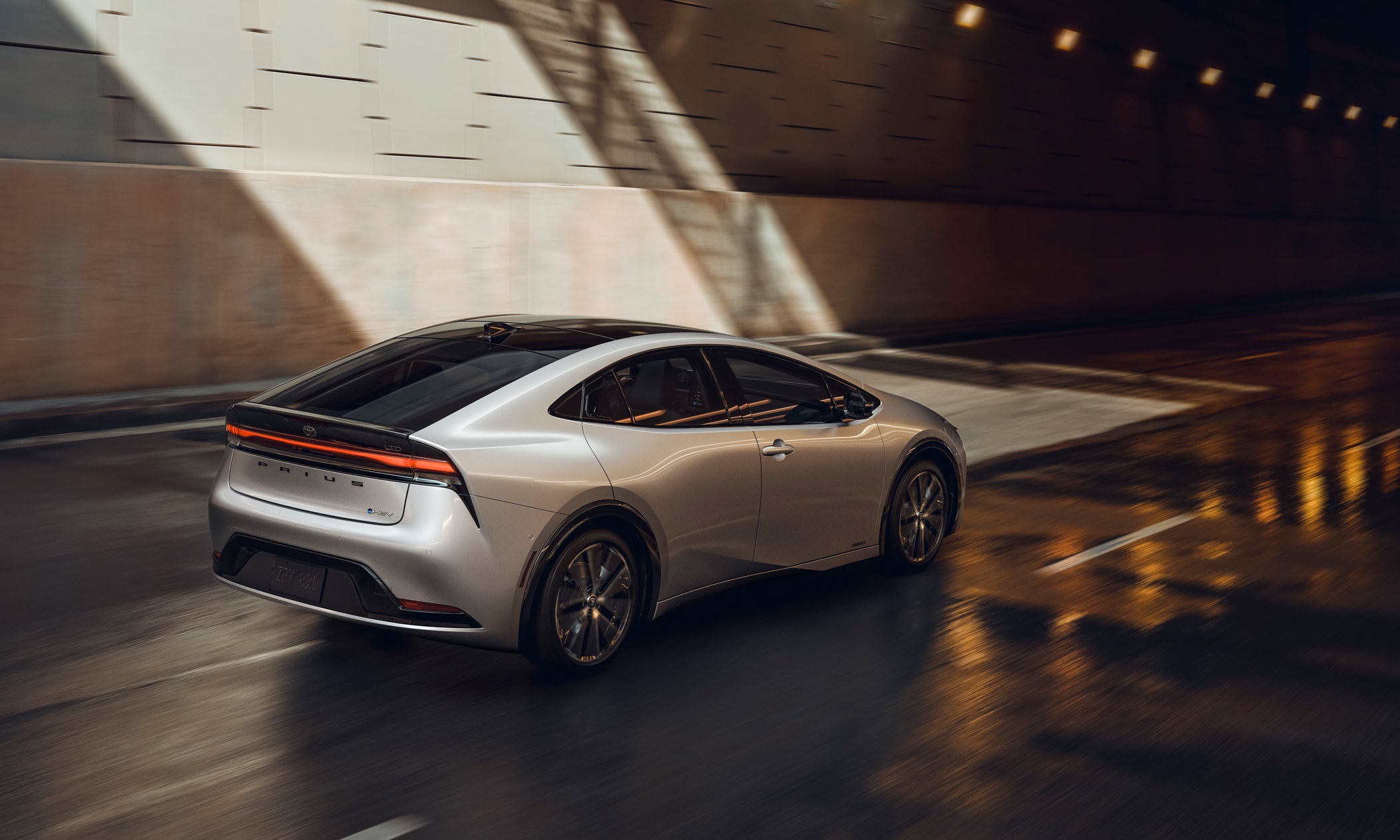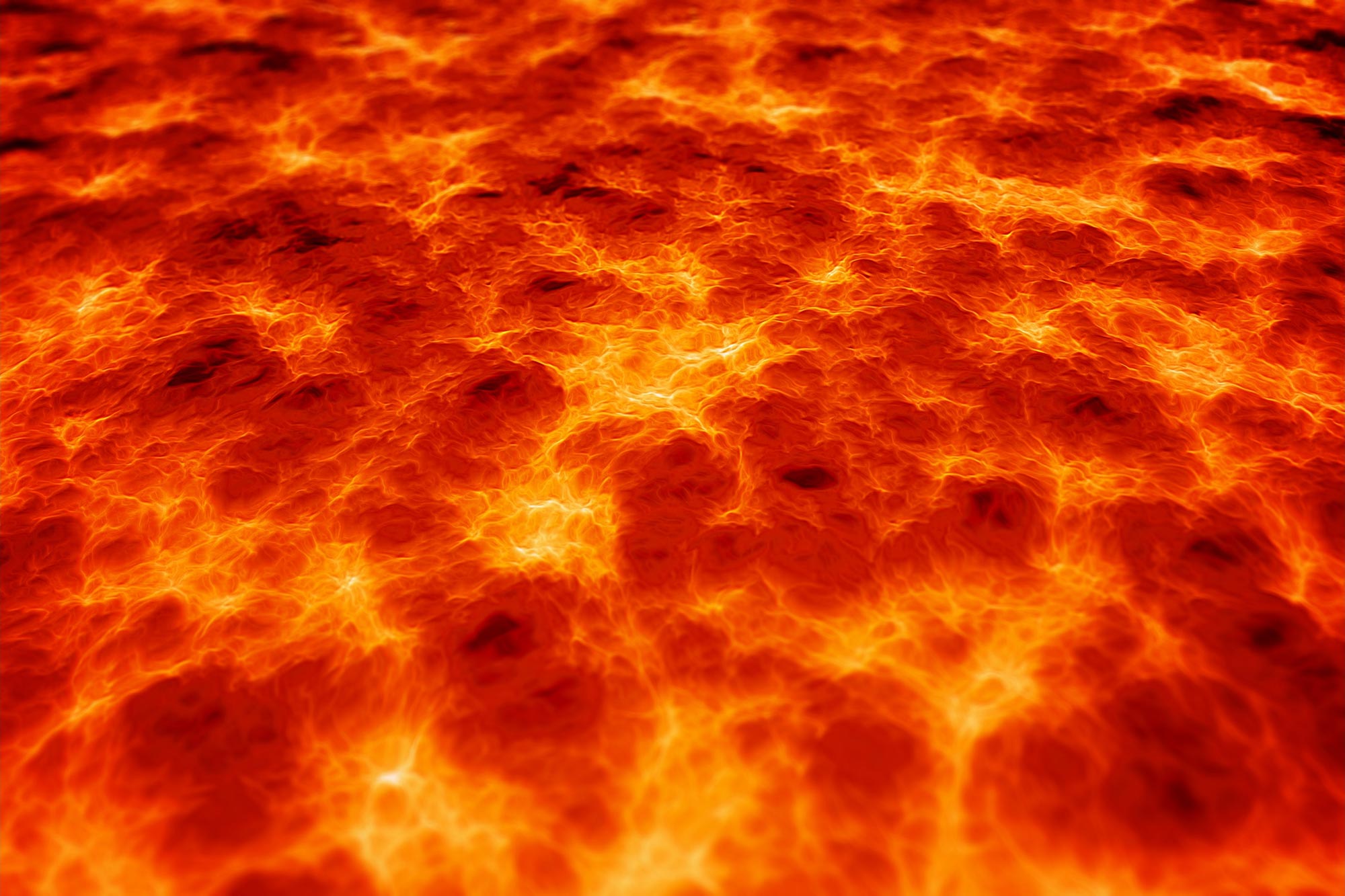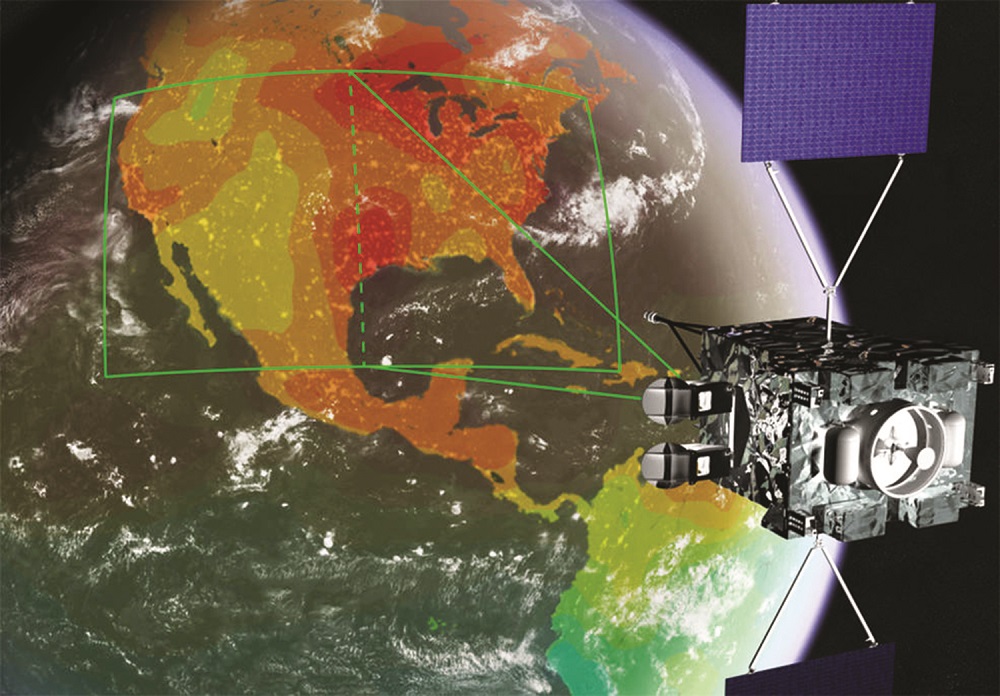MIUI 13, which will be the latest version of Xiaomi’s Android-based smartphone interface MIUI, has been officially introduced. The interface, whose prominent innovations are announced, will also have a tablet version.
There is a noticeable improvement in performance![miui 13]() If we start with the performance, Xiaomi flagships experienced 15% less frame skipping problems with the new version compared to the 12.5 version. This rate increased to 32% in the middle segment models and up to 52% in the lower segment models. Of course, these results consist of data taken in a fixed position in processes where devices will consume high power. It is certain that these rates will be much better in daily use. In addition, with this version, 14 applications can be opened simultaneously on the phone. In competing phones , Huawei P50, Vivo X60 Pro Plus, and Oppo Find X3 Pro, this number is 13, 9, and 5 respectively. .
If we start with the performance, Xiaomi flagships experienced 15% less frame skipping problems with the new version compared to the 12.5 version. This rate increased to 32% in the middle segment models and up to 52% in the lower segment models. Of course, these results consist of data taken in a fixed position in processes where devices will consume high power. It is certain that these rates will be much better in daily use. In addition, with this version, 14 applications can be opened simultaneously on the phone. In competing phones , Huawei P50, Vivo X60 Pro Plus, and Oppo Find X3 Pro, this number is 13, 9, and 5 respectively. .More trustworthy:
![]() Security is of great importance in technological devices, especially in these years. Xiaomi has also developed the facial recognition feature with this in mind. In MIUI 13, this feature completely ignores the person’s body and focuses only on the face, and prevents the unlocking with a photo by scanning the face in three dimensions with its curves.
Security is of great importance in technological devices, especially in these years. Xiaomi has also developed the facial recognition feature with this in mind. In MIUI 13, this feature completely ignores the person’s body and focuses only on the face, and prevents the unlocking with a photo by scanning the face in three dimensions with its curves.![miui 13]() Among the features that will come with the version, there are also features called ‘privacy watermark’ and ‘fraud protection’. However, no explanation has been given about the function of these features.
Among the features that will come with the version, there are also features called ‘privacy watermark’ and ‘fraud protection’. However, no explanation has been given about the function of these features.
More vivid colors and a new font:![miui 13]() In MIUI 13, which brings a more lively design, there are innovations especially for widgets. In addition to this, there are also heartwarming animated wallpapers in the version that uses a new font called MiSans. The tablet version of the interface and the first models of MIUI:
In MIUI 13, which brings a more lively design, there are innovations especially for widgets. In addition to this, there are also heartwarming animated wallpapers in the version that uses a new font called MiSans. The tablet version of the interface and the first models of MIUI:![miui 13 pad]() Xiaomi also introduced a tablet version of the renewed interface for smartphones at the launch. The main factor that makes the MIUI 13 Pad, which is not very different from the phone version in terms of design, is the features that provide ease of use in the multitasking area. These include shortcuts for easy switching between apps, split-screen and windowed mode options in different layouts, and a new taskbar. While bringing these features to MIUI 13 Pad, more than 3000 applications have been optimized to take full advantage of its large screen. The first tablet to receive the MIUI 13 Pad in the first quarter of 2022 will be the Pad 5. The Xiaomi 12 family will also be the first to receive MIUI 13. The 12 family will come with this interface as it is on the shelves. The 11 family will meet with the interface in the first quarter of 2022, just like the tablets.
Xiaomi also introduced a tablet version of the renewed interface for smartphones at the launch. The main factor that makes the MIUI 13 Pad, which is not very different from the phone version in terms of design, is the features that provide ease of use in the multitasking area. These include shortcuts for easy switching between apps, split-screen and windowed mode options in different layouts, and a new taskbar. While bringing these features to MIUI 13 Pad, more than 3000 applications have been optimized to take full advantage of its large screen. The first tablet to receive the MIUI 13 Pad in the first quarter of 2022 will be the Pad 5. The Xiaomi 12 family will also be the first to receive MIUI 13. The 12 family will come with this interface as it is on the shelves. The 11 family will meet with the interface in the first quarter of 2022, just like the tablets.
 If we start with the performance, Xiaomi flagships experienced 15% less frame skipping problems with the new version compared to the 12.5 version. This rate increased to 32% in the middle segment models and up to 52% in the lower segment models. Of course, these results consist of data taken in a fixed position in processes where devices will consume high power. It is certain that these rates will be much better in daily use. In addition, with this version, 14 applications can be opened simultaneously on the phone. In competing phones , Huawei P50, Vivo X60 Pro Plus, and Oppo Find X3 Pro, this number is 13, 9, and 5 respectively. .
If we start with the performance, Xiaomi flagships experienced 15% less frame skipping problems with the new version compared to the 12.5 version. This rate increased to 32% in the middle segment models and up to 52% in the lower segment models. Of course, these results consist of data taken in a fixed position in processes where devices will consume high power. It is certain that these rates will be much better in daily use. In addition, with this version, 14 applications can be opened simultaneously on the phone. In competing phones , Huawei P50, Vivo X60 Pro Plus, and Oppo Find X3 Pro, this number is 13, 9, and 5 respectively. .More trustworthy:


More vivid colors and a new font:![miui 13]() In MIUI 13, which brings a more lively design, there are innovations especially for widgets. In addition to this, there are also heartwarming animated wallpapers in the version that uses a new font called MiSans. The tablet version of the interface and the first models of MIUI:
In MIUI 13, which brings a more lively design, there are innovations especially for widgets. In addition to this, there are also heartwarming animated wallpapers in the version that uses a new font called MiSans. The tablet version of the interface and the first models of MIUI:![miui 13 pad]() Xiaomi also introduced a tablet version of the renewed interface for smartphones at the launch. The main factor that makes the MIUI 13 Pad, which is not very different from the phone version in terms of design, is the features that provide ease of use in the multitasking area. These include shortcuts for easy switching between apps, split-screen and windowed mode options in different layouts, and a new taskbar. While bringing these features to MIUI 13 Pad, more than 3000 applications have been optimized to take full advantage of its large screen. The first tablet to receive the MIUI 13 Pad in the first quarter of 2022 will be the Pad 5. The Xiaomi 12 family will also be the first to receive MIUI 13. The 12 family will come with this interface as it is on the shelves. The 11 family will meet with the interface in the first quarter of 2022, just like the tablets.
Xiaomi also introduced a tablet version of the renewed interface for smartphones at the launch. The main factor that makes the MIUI 13 Pad, which is not very different from the phone version in terms of design, is the features that provide ease of use in the multitasking area. These include shortcuts for easy switching between apps, split-screen and windowed mode options in different layouts, and a new taskbar. While bringing these features to MIUI 13 Pad, more than 3000 applications have been optimized to take full advantage of its large screen. The first tablet to receive the MIUI 13 Pad in the first quarter of 2022 will be the Pad 5. The Xiaomi 12 family will also be the first to receive MIUI 13. The 12 family will come with this interface as it is on the shelves. The 11 family will meet with the interface in the first quarter of 2022, just like the tablets.
 In MIUI 13, which brings a more lively design, there are innovations especially for widgets. In addition to this, there are also heartwarming animated wallpapers in the version that uses a new font called MiSans. The tablet version of the interface and the first models of MIUI:
In MIUI 13, which brings a more lively design, there are innovations especially for widgets. In addition to this, there are also heartwarming animated wallpapers in the version that uses a new font called MiSans. The tablet version of the interface and the first models of MIUI:![miui 13 pad]() Xiaomi also introduced a tablet version of the renewed interface for smartphones at the launch. The main factor that makes the MIUI 13 Pad, which is not very different from the phone version in terms of design, is the features that provide ease of use in the multitasking area. These include shortcuts for easy switching between apps, split-screen and windowed mode options in different layouts, and a new taskbar. While bringing these features to MIUI 13 Pad, more than 3000 applications have been optimized to take full advantage of its large screen. The first tablet to receive the MIUI 13 Pad in the first quarter of 2022 will be the Pad 5. The Xiaomi 12 family will also be the first to receive MIUI 13. The 12 family will come with this interface as it is on the shelves. The 11 family will meet with the interface in the first quarter of 2022, just like the tablets.
Xiaomi also introduced a tablet version of the renewed interface for smartphones at the launch. The main factor that makes the MIUI 13 Pad, which is not very different from the phone version in terms of design, is the features that provide ease of use in the multitasking area. These include shortcuts for easy switching between apps, split-screen and windowed mode options in different layouts, and a new taskbar. While bringing these features to MIUI 13 Pad, more than 3000 applications have been optimized to take full advantage of its large screen. The first tablet to receive the MIUI 13 Pad in the first quarter of 2022 will be the Pad 5. The Xiaomi 12 family will also be the first to receive MIUI 13. The 12 family will come with this interface as it is on the shelves. The 11 family will meet with the interface in the first quarter of 2022, just like the tablets.
Note: This article have been indexed to our site. We do not claim legitimacy, ownership or copyright of any of the content above. To see the article at original source Click Here



 Xiaomi also introduced a tablet version of the renewed interface for smartphones at the launch. The main factor that makes the MIUI 13 Pad, which is not very different from the phone version in terms of design, is the features that provide ease of use in the multitasking area. These include shortcuts for easy switching between apps, split-screen and windowed mode options in different layouts, and a new taskbar. While bringing these features to MIUI 13 Pad, more than 3000 applications have been optimized to take full advantage of its large screen. The first tablet to receive the MIUI 13 Pad in the first quarter of 2022 will be the Pad 5. The Xiaomi 12 family will also be the first to receive MIUI 13. The 12 family will come with this interface as it is on the shelves. The 11 family will meet with the interface in the first quarter of 2022, just like the tablets.
Xiaomi also introduced a tablet version of the renewed interface for smartphones at the launch. The main factor that makes the MIUI 13 Pad, which is not very different from the phone version in terms of design, is the features that provide ease of use in the multitasking area. These include shortcuts for easy switching between apps, split-screen and windowed mode options in different layouts, and a new taskbar. While bringing these features to MIUI 13 Pad, more than 3000 applications have been optimized to take full advantage of its large screen. The first tablet to receive the MIUI 13 Pad in the first quarter of 2022 will be the Pad 5. The Xiaomi 12 family will also be the first to receive MIUI 13. The 12 family will come with this interface as it is on the shelves. The 11 family will meet with the interface in the first quarter of 2022, just like the tablets. 








